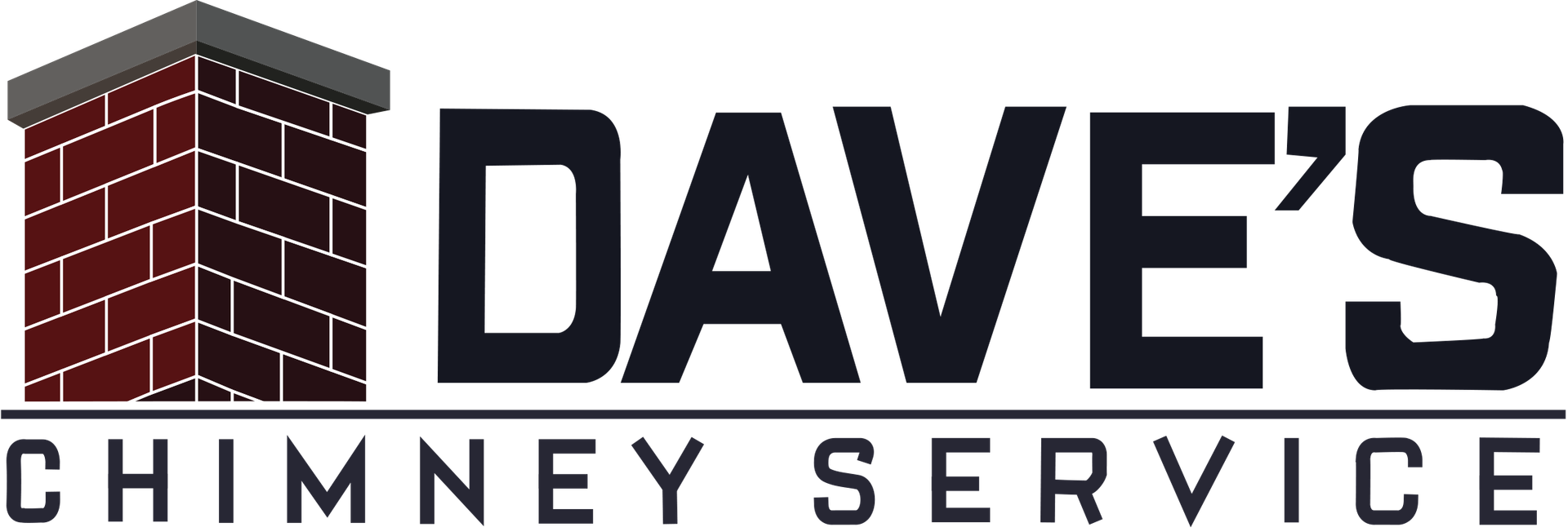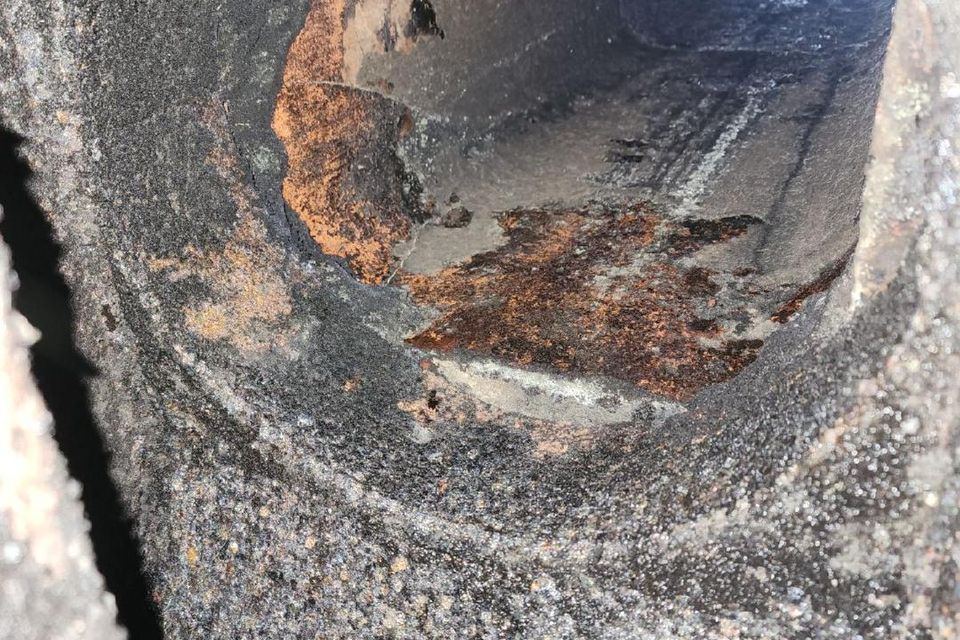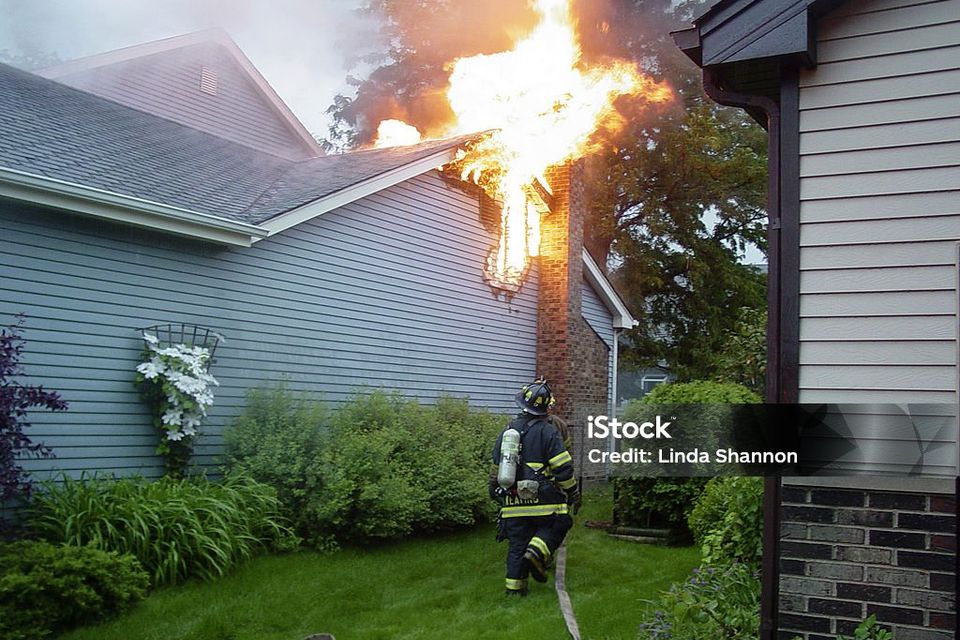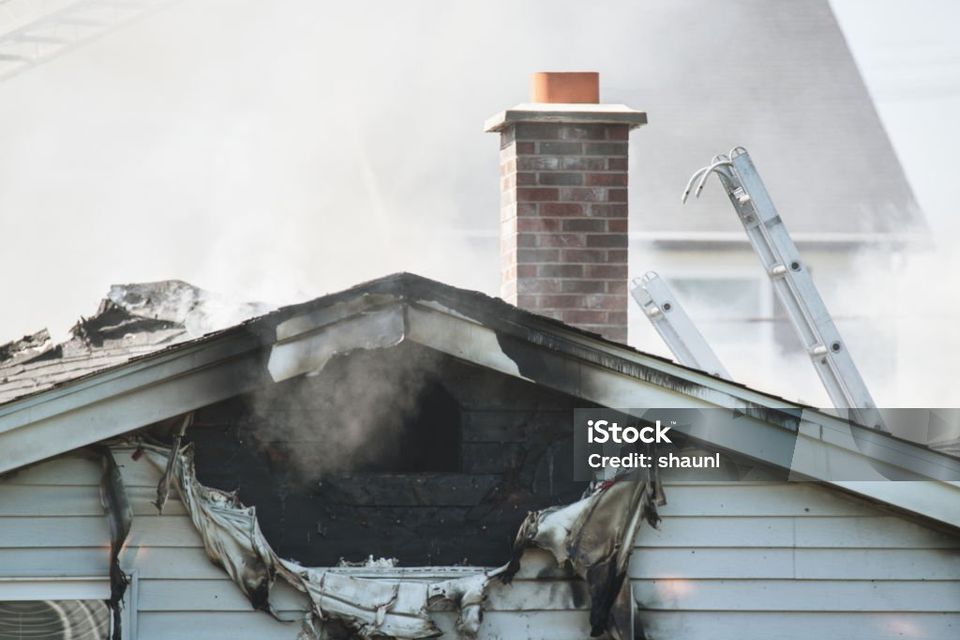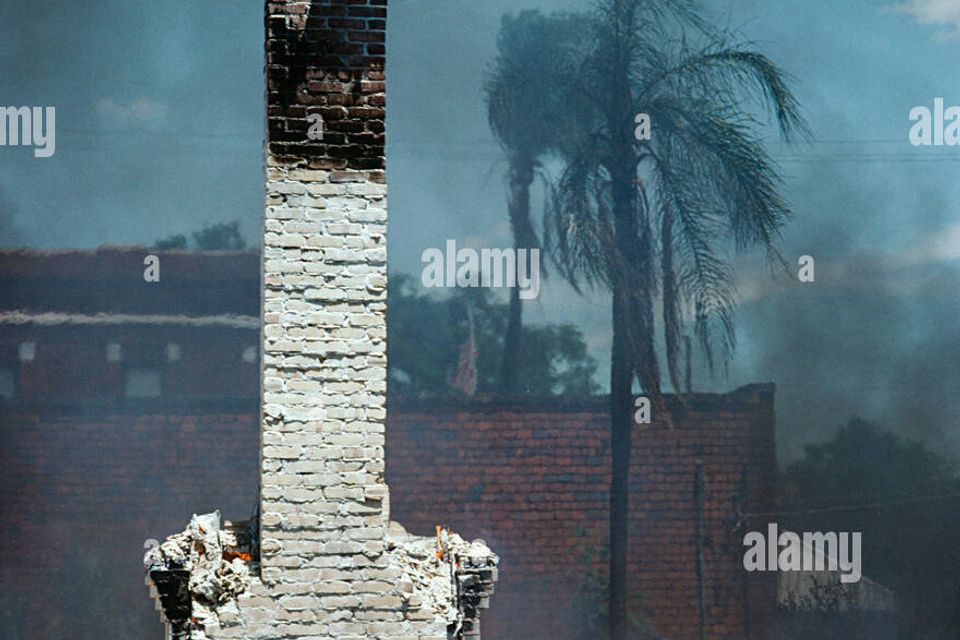Request Your Inspection! Give Us a Call: 501-260-3857
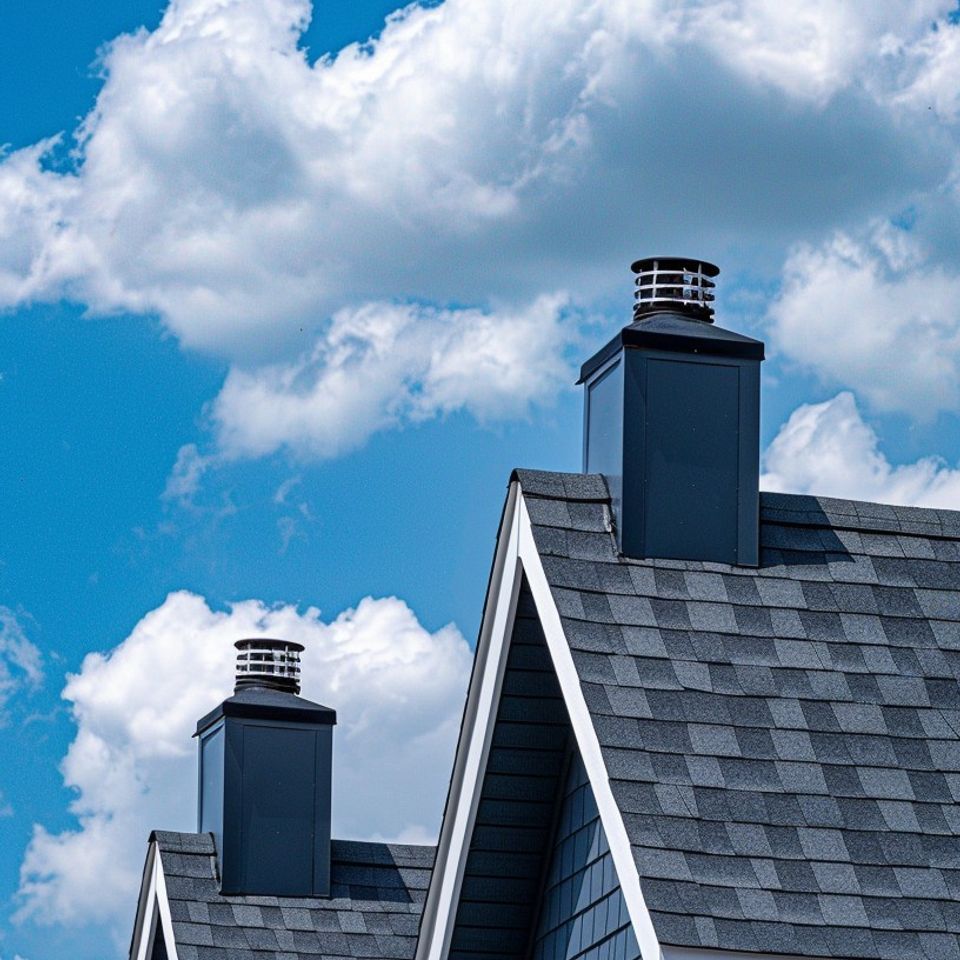
Dave's Chimney Service
Chimney Fires
Homeowners that have experienced a chimney fire often try to avoid a fireplace in their home, or at least one that burns wood. You frequently hear people telling of the memory of the sound, something like a train roaring in your fireplace. I suppose that is something you may, or may not ever know for sure; however, we hope you never experience it for yourself. The fact is, you may not hear a chimney fire at all. It can occur when you are asleep, or not home, or be fast enough that it's over and extinguished before you realize it. Since you may not know if one has occurred, you should always have your fireplace inspected prior to your burn season.
Here are few things to know about chimney fires:
A chimney fire burns at 2100+ degrees F. That is enough to crack flu tiles and melt or warp metal. If you thought you are always ok to burn anything in your fireplace, think again. After that event, the damage can be inside the flu, where to and untrained eye, can be missed. A CSIA Certified Chimney Technician can tell you if the fireplace and flu are approved to use, or needing repairs or replacement to use again.
Creosote isn't the ONLY cause of chimney fires. When there is a crack in a flu tile, flu pipe, rusted firebox or pipe, there is a void that the air can seep through: there is also a crack or void for the flame to travel. Fire and sparks travel with the oxygen. Behind that enclosed flu or firebox, is flammable combustible building materials. Even if your fireplace has NEVER been used, it could have damage from storms, the house settling, a previous chimney fire, or improper installation. It is never recommended to assume a fireplace is approved for use until inspected by a CSIA Certified Technician.
Gas logs can also cause a chimney fire. For the same reasons above, gas logs burn real fire and can ignite combustibles, travel through cracks or voids, and ignite creosote. Always have your fireplace swept and inspected prior to installing gas logs in your fireplace, by a CSIA Certified Chimney Technician.
If you are lucky, you can get by with some repairs, piping, or a reline. There are times you cannot use your fireplace again as an open fireplace. You may be able to install a wood stove with a reline, or you can possibly remove the entire fireplace and start over with a Zero Clearance Fireplace and all new components. All of these must have the proper pipe and components when installing or replacing, that Certifies they are Approved for UL Standards and meet NFPA 211 Safety Standards.
Here are few things to know about chimney fires:
A chimney fire burns at 2100+ degrees F. That is enough to crack flu tiles and melt or warp metal. If you thought you are always ok to burn anything in your fireplace, think again. After that event, the damage can be inside the flu, where to and untrained eye, can be missed. A CSIA Certified Chimney Technician can tell you if the fireplace and flu are approved to use, or needing repairs or replacement to use again.
Creosote isn't the ONLY cause of chimney fires. When there is a crack in a flu tile, flu pipe, rusted firebox or pipe, there is a void that the air can seep through: there is also a crack or void for the flame to travel. Fire and sparks travel with the oxygen. Behind that enclosed flu or firebox, is flammable combustible building materials. Even if your fireplace has NEVER been used, it could have damage from storms, the house settling, a previous chimney fire, or improper installation. It is never recommended to assume a fireplace is approved for use until inspected by a CSIA Certified Technician.
Gas logs can also cause a chimney fire. For the same reasons above, gas logs burn real fire and can ignite combustibles, travel through cracks or voids, and ignite creosote. Always have your fireplace swept and inspected prior to installing gas logs in your fireplace, by a CSIA Certified Chimney Technician.
If you are lucky, you can get by with some repairs, piping, or a reline. There are times you cannot use your fireplace again as an open fireplace. You may be able to install a wood stove with a reline, or you can possibly remove the entire fireplace and start over with a Zero Clearance Fireplace and all new components. All of these must have the proper pipe and components when installing or replacing, that Certifies they are Approved for UL Standards and meet NFPA 211 Safety Standards.
Request Your On-Site Inspection
Contact us today to schedule an free on-site inspection with one of our experienced chimney technicians. Give us a call or click the button below to get started.
